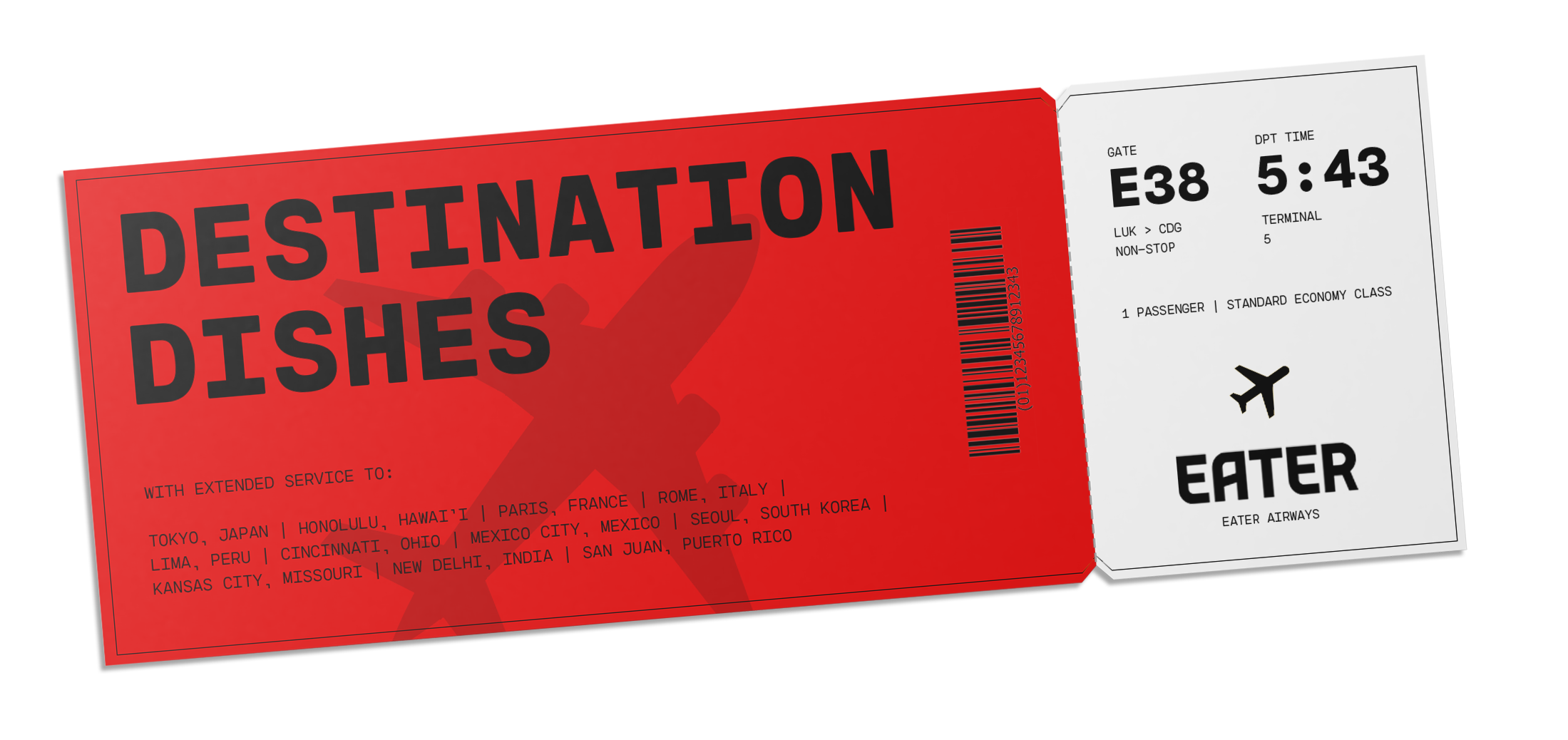Barbecue has long been an integral part of Korean cuisine. Dishes like bulgogi date back centuries, while depictions show noblemen gathering outdoors in the 18th century to grill meat over an open fire while drinking and reciting poetry. Today there’s no shortage of barbecue restaurants in the country, especially Seoul — though there’s plenty of mediocre barbecue too, so it’s good to know what to look for.
Almost any item can take center stage in Korean barbecue: Pork, beef, and chicken are all typical, and organ meats are widely popular as well. The most coveted are cuts of hanwoo, Korea’s beloved native cow breed known for its flavorful, fatty marbling (there are over 120 words in the Korean dictionary to describe specific beef parts, if you want to get technical). Sourcing good ingredients is crucial; though sometimes intense marination can mask the flavor of inferior products, on the whole, preparation for Korean barbecue is relatively straightforward, allowing natural quality to show through. Mouthwatering house-made banchan is also a good indicator of a standout restaurant. So is siksa (literally “meal”), a carb-based dish that could stand alone as a meal but works even better after a round of barbecue, with popular choices including naengmyeon (cold noodles), fried rice, and kimchi jjigae, as well as more unconventional takes that new restaurants use to distinguish themselves.
Consider this guide a starting point as you eat your way around Seoul. The list includes some timeless classics mixed with some hotshot newcomers everyone is talking about. No matter where you pick, be prepared to wait in line, as most restaurants don’t take reservations. As long as you decide on the right restaurant, the wait is always worth it.
Matty Yangwoo Kim is a former Eater intern and a photographer of A Very Serious Cookbook. Outside his day job, he eats his way around Seoul, often documenting restaurants and chefs through the lens.
Read More
/cdn.vox-cdn.com/uploads/chorus_image/image/73282725/_DSC9433.0.jpg)
/cdn.vox-cdn.com/uploads/chorus_image/image/55495239/Singbury_167.156.jpg)
/cdn.vox-cdn.com/uploads/chorus_image/image/70831167/Proof_on_main.0.jpg)
/cdn.vox-cdn.com/uploads/chorus_image/image/71003395/Vox_Media___Eater___Namyeongdon_33.0.jpg)

/cdn.vox-cdn.com/uploads/chorus_image/image/56368095/GettyImages_1240063114.7.jpg)
:no_upscale()/cdn.vox-cdn.com/uploads/chorus_image/image/71003363/Vox_Media___Eater___Namyeongdon_31.0.jpg)